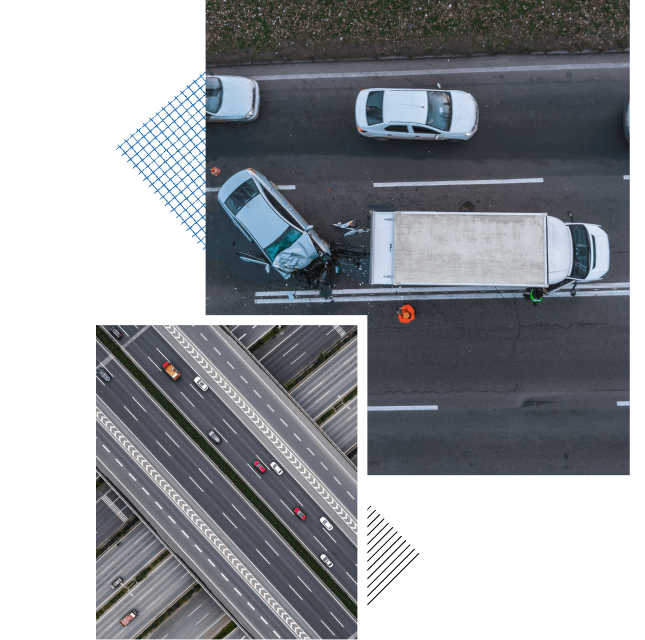The National Automotive Sampling System (NASS) was designed to provide the National Highway Traffic Safety Administration (NHTSA) an efficient and reusable resource with which to conduct data collection representing a broad spectrum of American society and its vehicles. The investigation of crashes and crash data provides a primary database from which NHTSA studies and acts on crash severity and effects.
The data is collected in the field at various locations in the US (Primary Sampling Units; PSUs). Each crash recorded includes data on vehicle makes and models, particulars of the crash, vehicle damage, and persons injuried.
KLDs participation in the National Automotive Sampling System (NASS) spanned the entire term of the project, from its inception in 1978 to its conclusion in 2015, and subsequent transformation under the National Taffic Safety Administration’s (NHTSA) Data Modernization Project.
KLD contributed its expertise to the development and operation of NASS, having participated in progenitor crash-data research involving motor-vehicles and pedestrians.

In the NASS General Estimates System (GES), KLD performed crash stratification and sampling, data management and completion, quality control, and coding-manual revision.
In the NASS Crashworthiness Data System (CDS), tasks performed by KLD included crash stratification and sampling, primary crash investigation, crash reconstruction and quality control, injury coding, and data completion and sanitization. KLD also composed and edited the NASS-CDS Quality Control Manual, which was adopted by NHTSA as a quality guide for all NASS contractors.
Over the years, NASS assigned KLD a series of special studies supplementing the main effort. Some special studies were done in cooperation with FMCSA.

